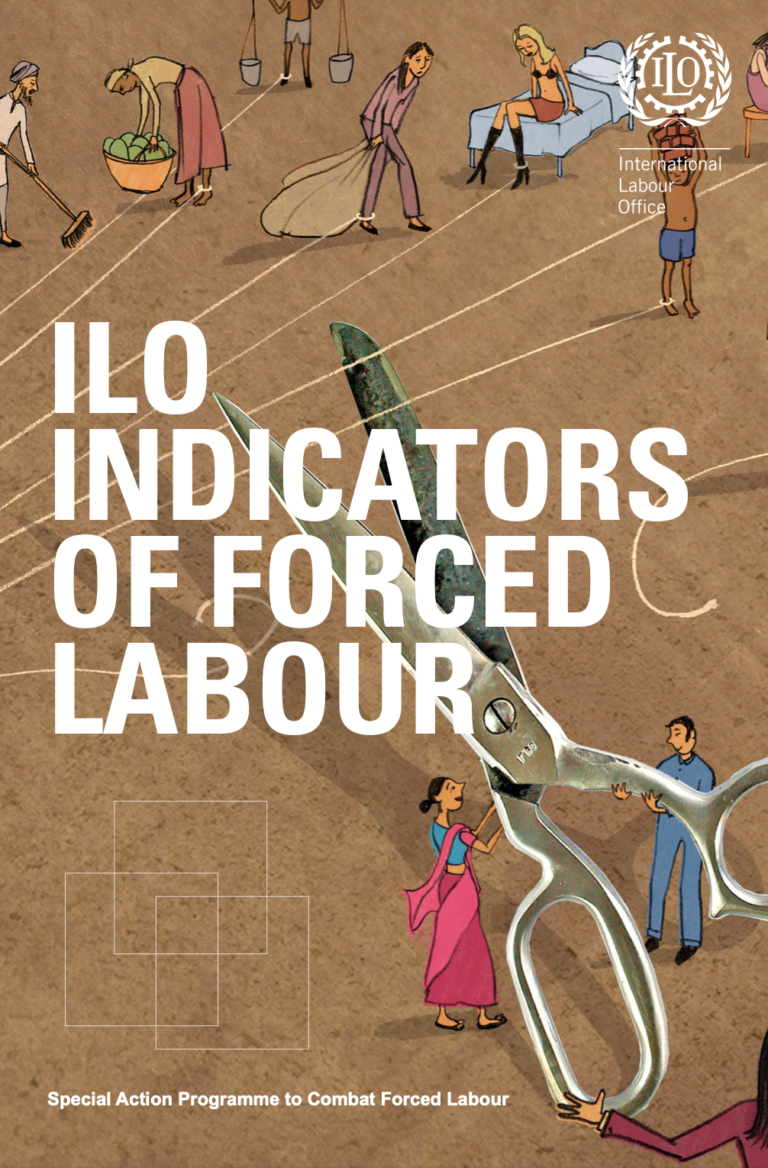Actions speak louder: Assessing bank responses to human rights violations
GuidanceThe UN’s new “Roadmap for the Next Decade” of Busi- ness and Human Rights, published in November 2021, begins by setting out the need to raise the ambition and increase the pace of implementing respect for human rights. The road...Read More

